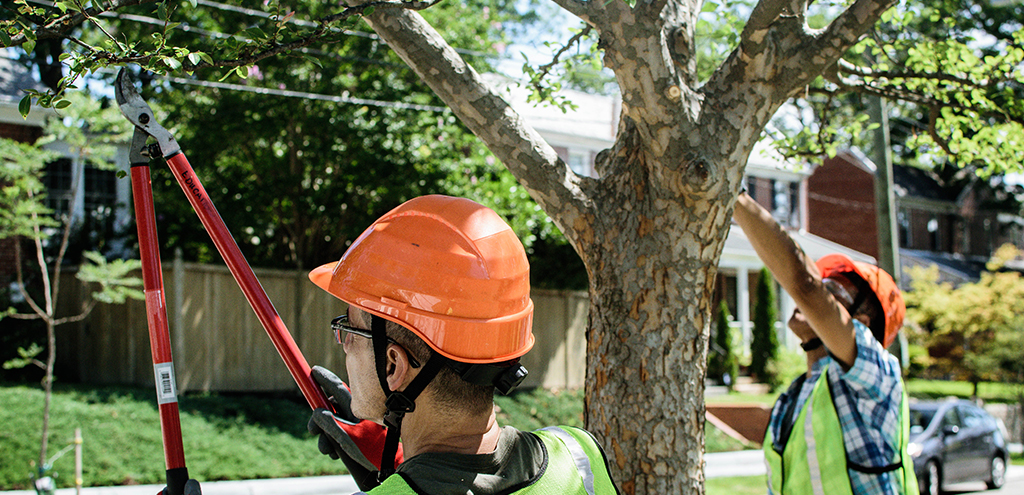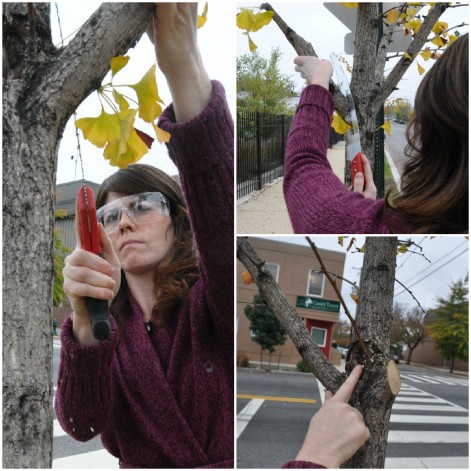THE LEAFLET

Sara Turner’s Pruning Tips, Tricks and Myths

Now, we’ve talked about why pruning is so important in our 2012-2013 Winter Almanac. We’ve even brought in speakers on our Tree Talk Thursday entitled “Baby, It’s Cold Outside” to discuss winter pruning (amongst other winter tree care topics, like mulching and watering).
But with our Pruning Workshop and class coming up so soon, we figured it was essential to put some of these techniques in print so that you can take them with you wherever you may need them (or, for those of you who couldn’t make our class/ workshop). That’s why we asked Urban Forestry Manager Sara Turner to give us everything you need to know about the tips and tricks to pruning:
Tools
- Use clean, sharp tools.
- Sanitize your tools in between pruning different trees.
Cutting
- Always cut to a bud, lateral branch, or main trunk.
- Do not leave stubs.
- Use the three-cut method for large limbs which are more than two inches in diameter.
- When pruning back to a main stem or another branch, do not make a flush cut. Instead make a cut outside the raised branch collar. The collar contains chemicals that are a barrier against pathogens and help the tree form woundwood.
- Do not remove more than one-quarter of the living crown of a tree at one time. If it is necessary to remove more, do it over successive years.
Common myths
- Dress the wound. For most species, dressings can damage the formation of woundwood. The only benefit of wound dressings is to prevent introduction of pathogens in the specific cases of Dutch elm disease and oak wilt.
- When removing a branch from a tree, the final cut should be flush with the stem to optimize healing. First of all, trees don’t “heal,” they seal by compartmentalizing wounds and generating woundwood over the wounded area. Flush cutting removes the “branch collar,” creating a larger wound than if the branch were removed outside the collar. The spread of decay inside the tree is greater with flush cuts.
- Tree topping is the proper way to prune a tree. No. Tree topping is the most detrimental form of pruning. Topping a tree creates large wounds that allow rot and fungal decay to enter the tree. Topped trees are more likely to break apart in storms than trees that retain their natural shape.
Timing
- Anytime is the best time to remove broken, diseased, or damaged wood.
- Structural pruning is best done in the dormant season (roughly December to mid-March). When leaves are down from deciduous trees, you can see and evaluate the tree’s structure.
- For some trees that flower in early spring, pruning is best after flowering; while other flowering species should be pruned in the dormant season to reduce the chance of transmitting disease. Check with your local arborist.
Tomorrow we’ll be sharing several pruning videos as well, to give you some visuals to go along with Sara’s tips the next time you see your local tree needs some care. Keep your eyes and ears tuned to our Facebook and Twitter so you don’t miss them!